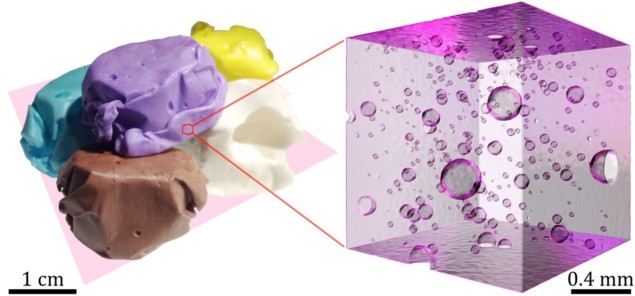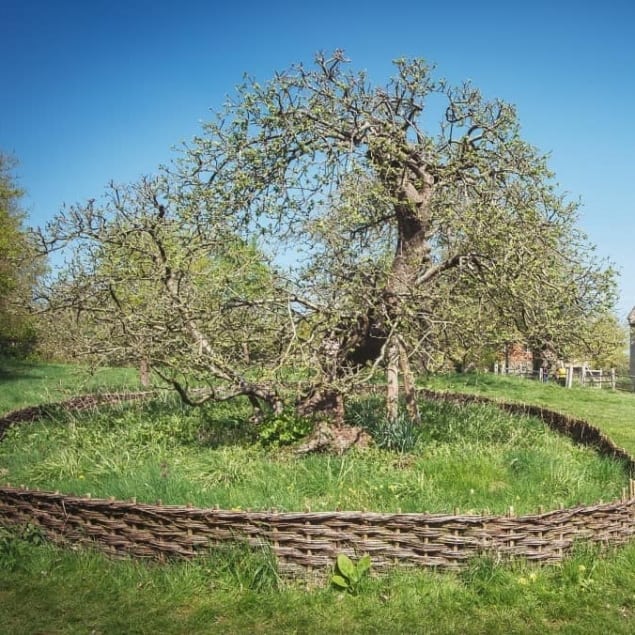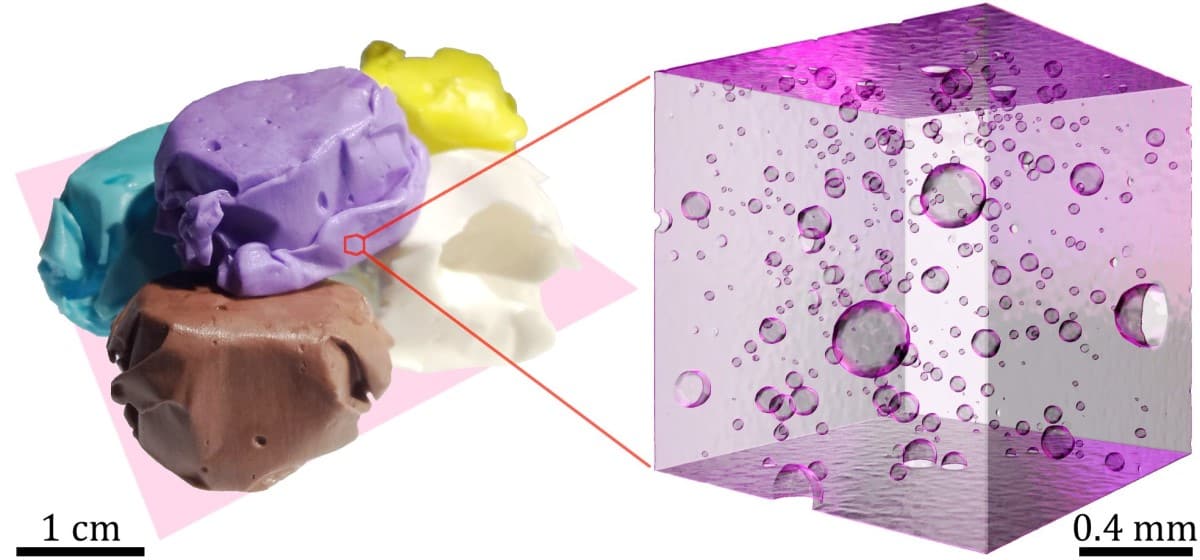
Salt water taffy is a sweet treat that can be found at many US beach resorts. It is made by boiling table sugar, water, oil, corn syrup, colours and flavourings. The mixture is then cooled and stretched – either by hand or machine. This aerates the candy and breaks down larger oil droplets. The material is then rolled and cut into small pieces that are wrapped and sold.
Coming in a wide variety of colours, salt water taffy (which doesn’t actually contain any salt water) is a viscoelastic material – which means that it’s somewhere between a viscous liquid and an elastic solid. Researchers have now discovered why salt-water taffy is viscoelastic, finding that the air bubbles and the oil droplets determine the taffy’s mechanical properties.
“Oil droplets and air bubbles are like rubber balls and when deformed in the taffy, they tend to return to their original, spherical shape because of surface tension,” says Okinawa Institute of Science and Technology researcher San To Chan. “Emulsification and aeration make taffy more elastic, hence, chewier.” The more important question, however, is how do you stop the taffy from sticking to the roof of your mouth, or wreaking havoc with dental work.
Miraculous year
In 1905, the 26 year old Albert Einstein published five ground-breaking papers that helped usher in the era of modern physics. As well as developing the special theory of relativity that year, Einstein also delivered profound insights into Brownian motion and the photoelectric effect – the latter providing early evidence for quantum theory.
This annus mirabilis is explored by the BBC’s resident polymath Melvin Bragg in his excellent radio programme In Our Time. Bragg is joined by three science historians and Einstein experts – Richard Staley, Diana Kormos Buchwald and John Heilbron – who provide fascinating insights into the 20th century’s most famous scientist. You can listen to the programme here.

Back in April, when the ancient apple tree said to have inspired Isaac Newton’s theory of gravity was coming into blossom, the UK’s National Trust announced that it would be auctioning ten saplings from the tree. That auction has now opened, and you have until 20:00 BST on 29 September 2023 to get in your bid.
The trees have been grown by Blue Diamond nurseries and up to 50% of proceeds raised from the auction will go to the National Trust and Woolsthorpe Manor. The latter being Newton’s birthplace and family home in Lincolnshire. The reserve price for each tree is £500 and you can make your bid here, or see the current highest bids.
